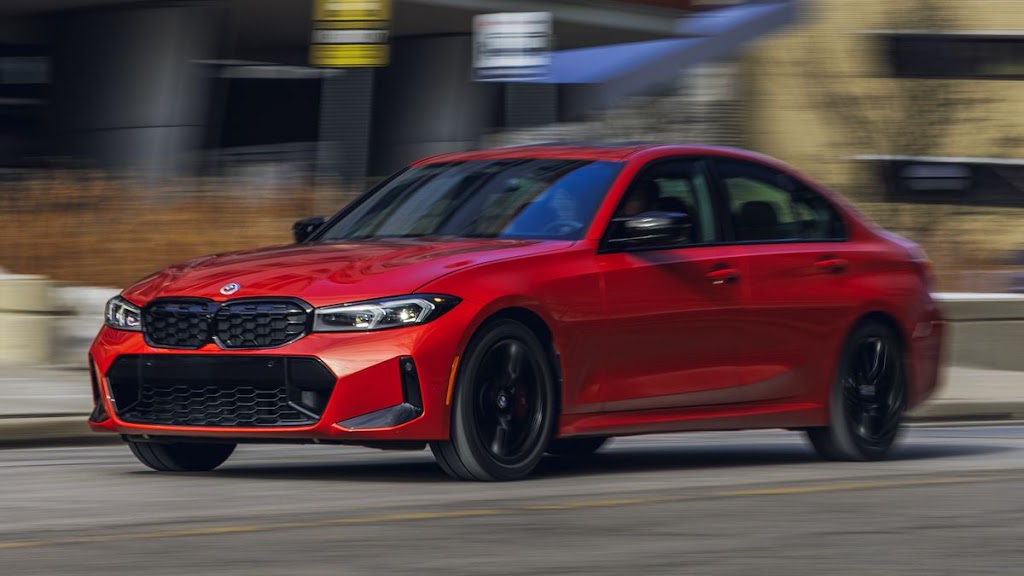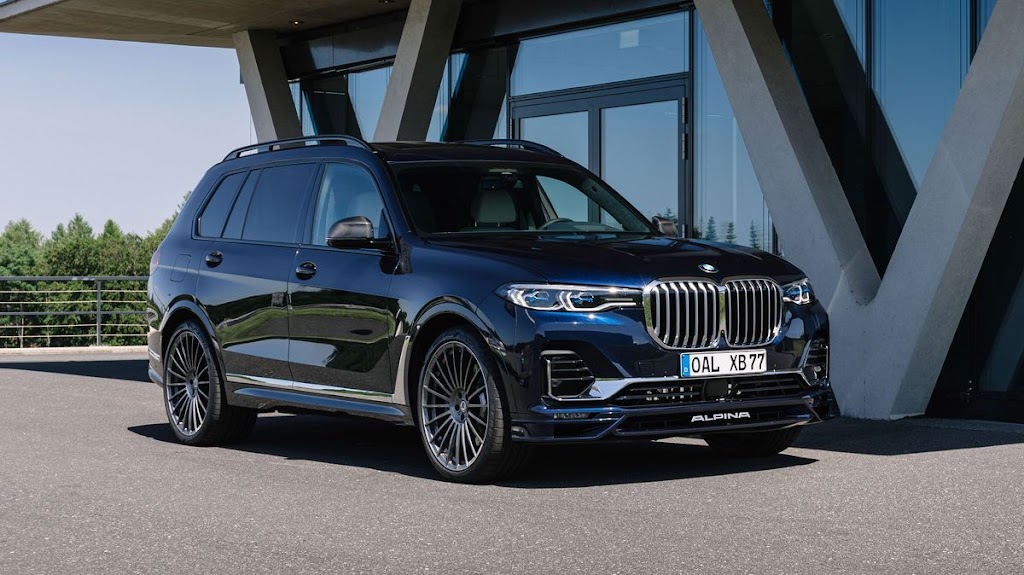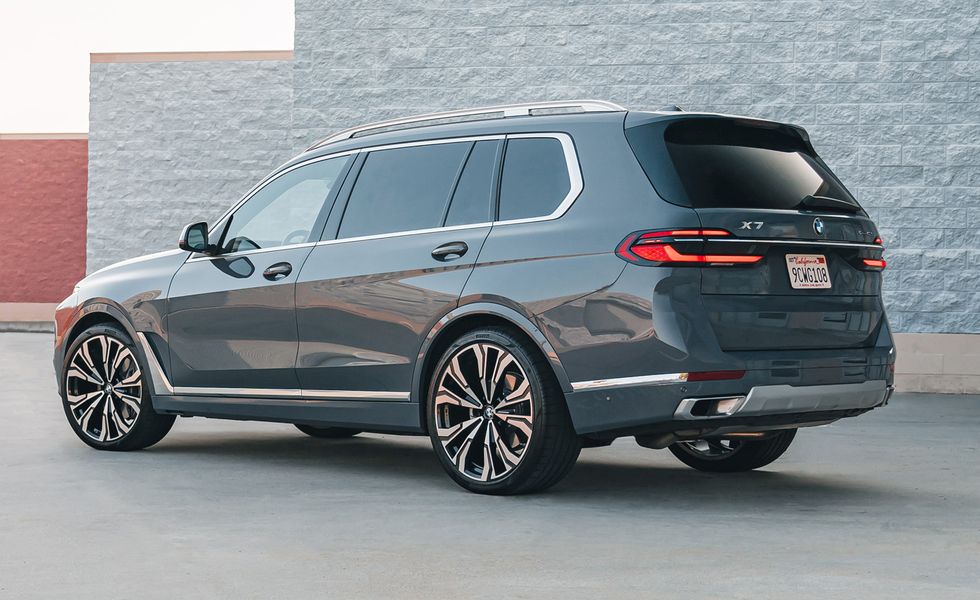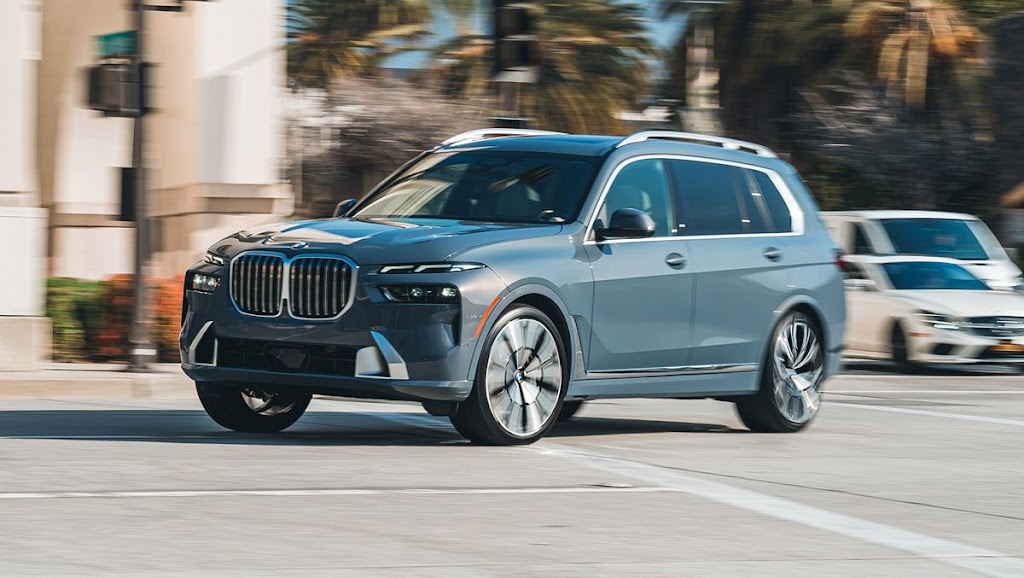This version featured an enlarged body with a
more angular design and a notable increase in engine power. All Civic engines
adopted the CVCC design, which incorporated a third valve per cylinder.
Additionally, the Laneburn swirl technology was introduced.
This generation of Civic came equipped with a
1,335 cc (“1300”) engine as standard, with an optional 1,488 cc
(“1500”) version available. Notably, there were variations in power
output depending on the region, including Japan, Europe, North America, and other
markets.
For transmissions, there were three options: a
four-speed manual (offered on base models), a five-speed manual, and a
two-speed semi-automatic transmission previously referred to as the
“Cinematic.”
The second-generation Civic was offered in
various body styles, including a three-door hatchback, a four-door sedan, a
five-door hatchback, and a five-door wagon.
History of Honda Civic second generation:
In September
1980, during the debut of the 1981 model year, Honda introduced a four-door
sedan with a classic three-box design. This launch also marked the replacement
of the outdated two-speed automatic transmission with a three-speed automatic
option for the first-generation Civic. In the Japanese domestic market, this
four-door variant was known as the Honda Belvedere.
A minor update
occurred in the late 1980s, and in early 1982, another facelift brought
significant changes such as larger plastic bumpers, a redesigned grille, and
rectangular headlights.
Furthermore,
an upscale five-door fastback model, known as the Honda Quint in Japan, joined
the lineup. It was sold through a distinct Honda Verno dealership channel
alongside the high-end luxury Honda Ballade, which shared its platform with the
Civic sedan. Honda also introduced a highly fuel-efficient I4 model equipped
with a five-speed “FE” (Fuel Economy) transmission that achieved
impressive ratings of 41 mpg‑US
in the city and 55 mpg‑US
on the highway. Even the standard 1500-cc model delivered commendable fuel
efficiency, with 34 mpg‑US
in the city and 47 mpg‑US
on the highway when driven at 55 mph, which was the maximum speed limit in the
United States at that time, following the California Mileage Rating standards.
Introduction: The second
generation of the Honda Civic, known by various model designations like SL, SS,
SR, ST, VC, and WD, encompassed a range of body styles and variants. It was
produced by Honda from October 1979 to September 1983, covering model years
from 1980 to 1983. The production took place in multiple locations, including
Suzuka, Japan; East London, South Africa; Nelson, New Zealand (by Honda New
Zealand); North Jakarta, Indonesia (by PT. Prospect Motor); Johor Bahru,
Malaysia (by OASB); and Hsinchu, Taiwan (by Sanyang Honda).
Body and Class: This generation of
the Civic belonged to the subcompact car class and offered several body styles.
These included 3 and 5-door hatchbacks (SL/SR), a 4-door sedan (SS), and a
5-door station wagon (ST). All variants featured a front-engine,
front-wheel-drive layout. Additionally, this generation had connections with
other models such as the Honda Quint, Honda Ballade, and Triumph Acclaim.
Powertrain: The Civic’s engine
options comprised a 1335 cc EN1/EN4 I4, a 1335 cc EJ CVCC I4, and a 1488 cc EM
CVCC I4. Transmission choices included 4 and 5-speed manual gearboxes, a
2-speed Hondamatic (available from 1979 to 1980), and a 3-speed automatic
transmission.
Dimensions: The Civics
dimensions varied depending on the body style. The 3-door hatchback had a
wheelbase of 2,250 mm, while the other variants featured a 2,320 mm wheelbase.
Length ranged from 3,760 mm to 3,870 mm for the 3-door version, 4,090 mm for
the 4-door sedan, and 3,830 mm for the 5-door model, with the wagon measuring
4,085 mm. The width was consistent at 1,580 mm, and the height ranged from
1,350 mm to 1,380 mm for the wagon.
Curb Weight: The curb weight of
The Civic varied based on the body style, ranging from 720 kg to 785 kg for the
3-door, 780 kg to 835 kg for the 4-door, 750 kg to 830 kg for the 5-door, and
765 kg to 845 kg for the wagon.
Chronology: This
second-generation Civic followed the first-generation Honda Civic and was
succeeded by the third-generation Honda Civic.
The slogan
for the 1983 Civic was “We Make It Simple.” Additionally, a
redesigned sedan version of this model was available, bearing the Ballade name.
Moreover, this model was produced under license from British Leyland and sold
as the Triumph Acclaim, featuring new front and rear styling as well as an
updated interior.

.jpg)



